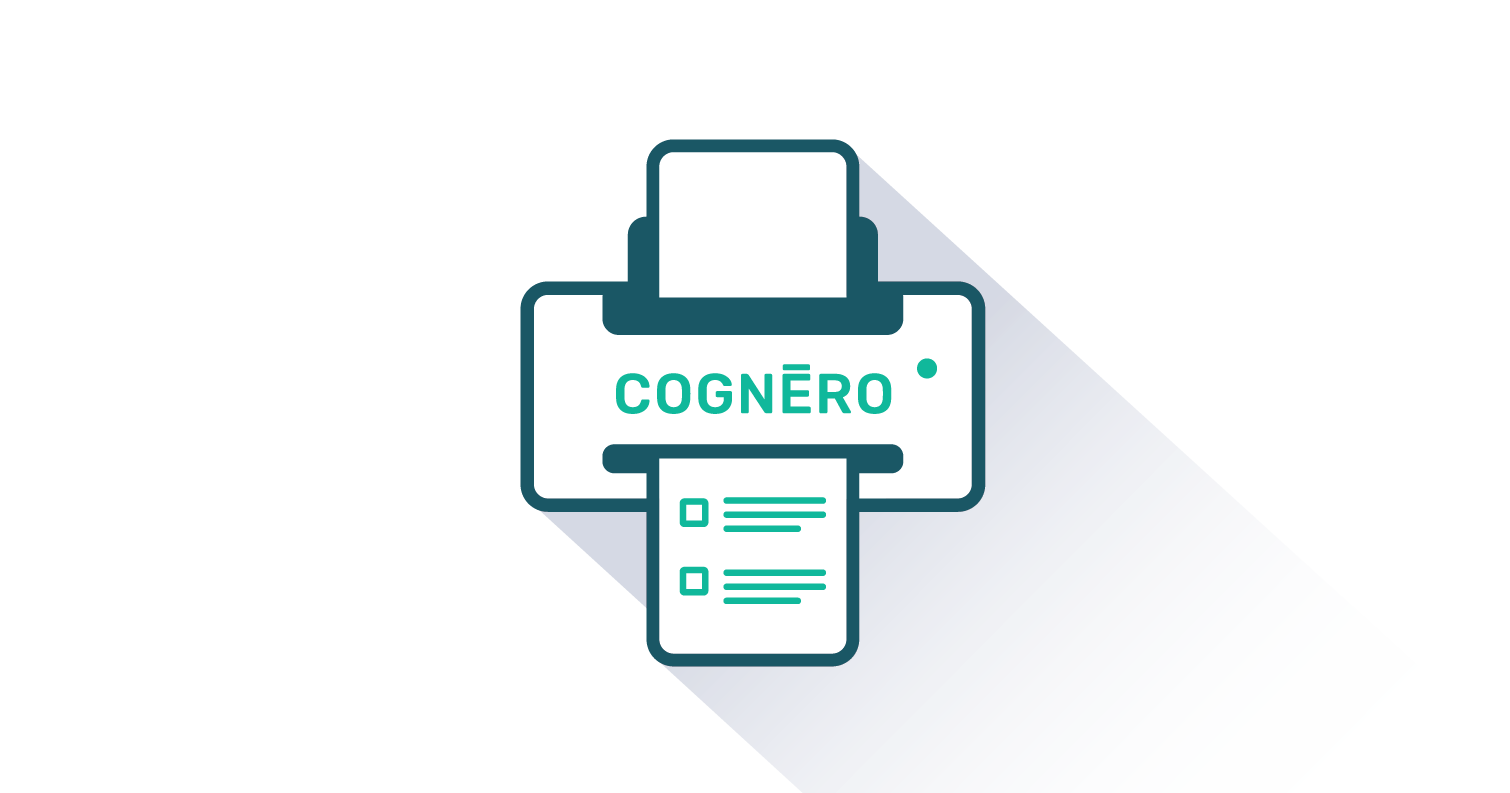Michael Shin University of California - Los Angeles
Michael Shin is Professor of Geography and faculty director of the Geospatial@UCLA initiative at UCLA. He has over fifteen years of experience in developing and leading courses—both in-person and online—in geographic information systems (GIS) and geospatial technologies. Michael’s teaching materials draw from his research interests in political geography, spatial analysis, and the social impacts of geospatial technology. He has also applied his expertise in geospatial analytics to various projects with McKinsey & Company, as well as with the Food and Agriculture Organization of the United Nations. Michael earned his MS and Ph.D. in geography, and his BA in International Affairs, from the University of Colorado at Boulder.








